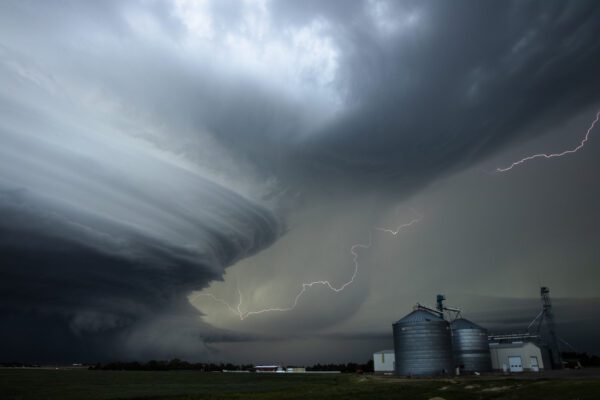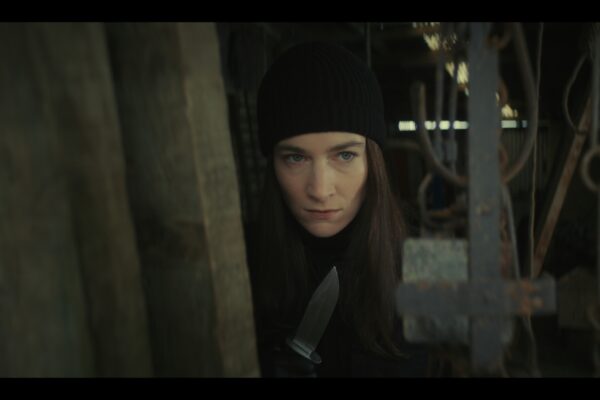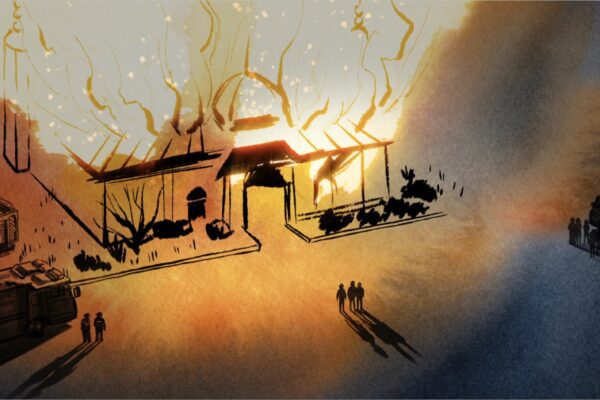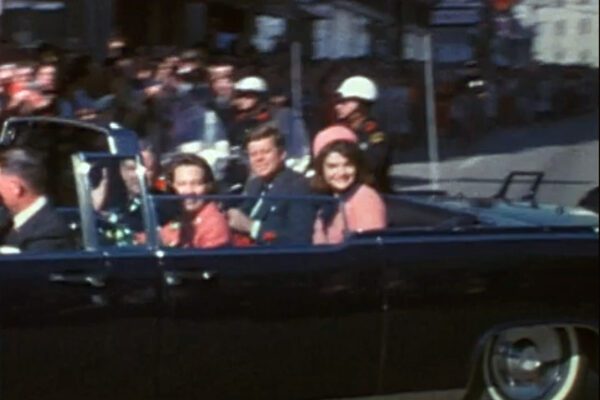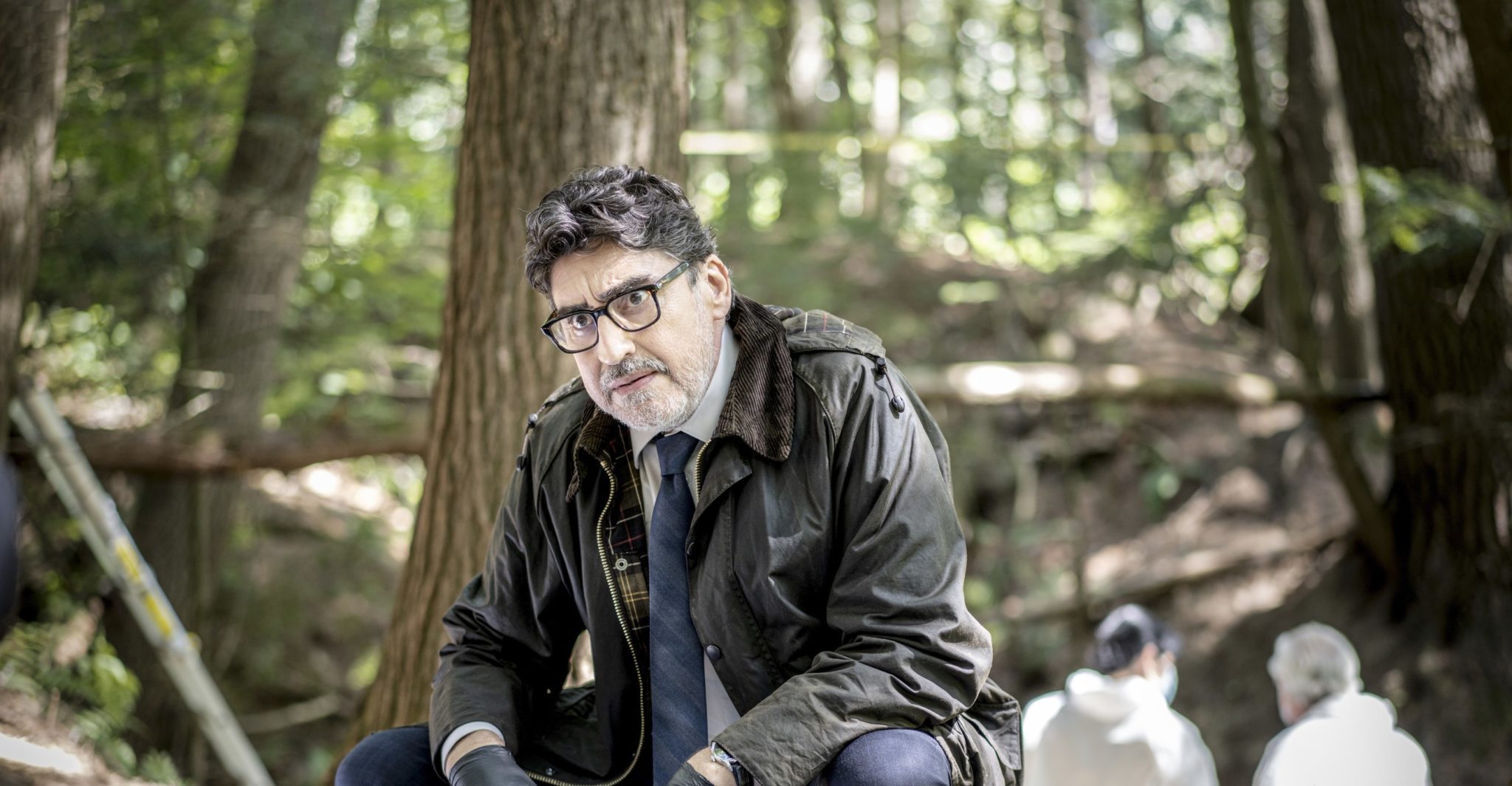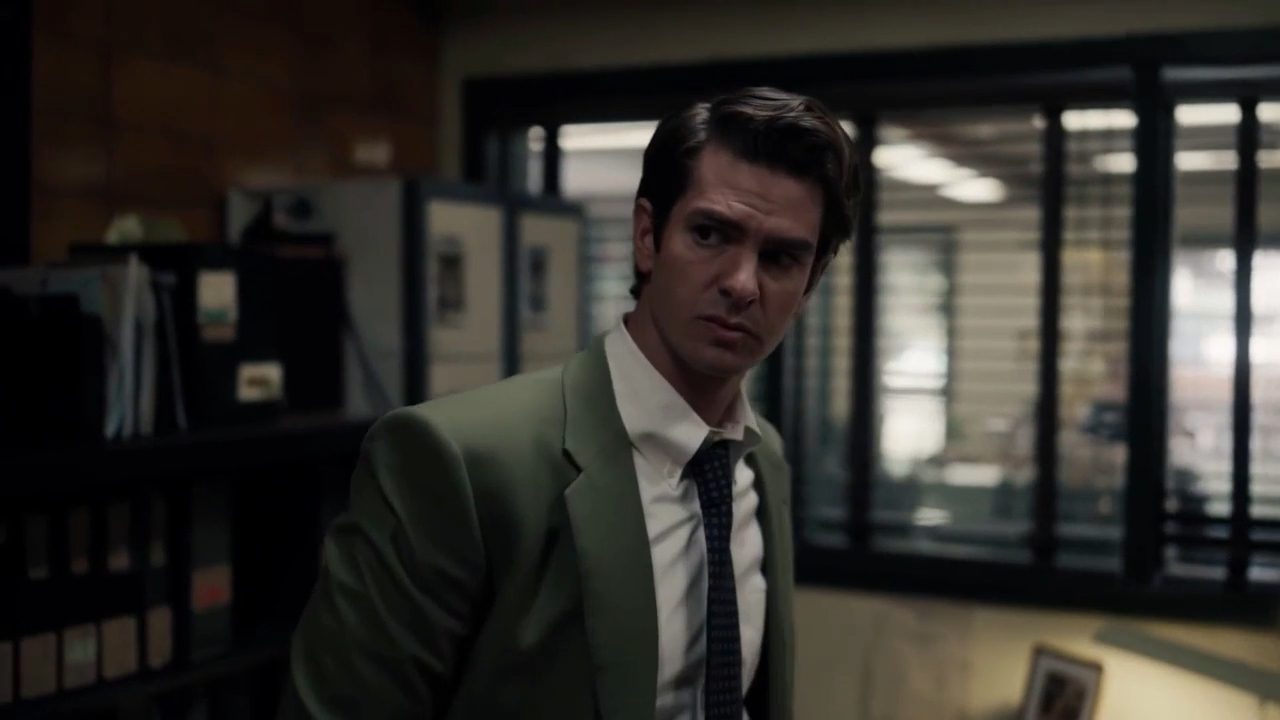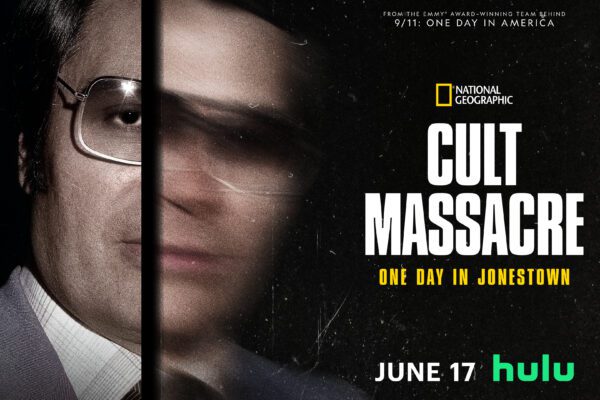
Cult Massacre: One Day in Jonestown
“I felt evil blow into Jonestown.” In 1978, over 900 people who had followed a charismatic religious leader to a South American jungle died. It is often seen as a mass suicide. It is more properly understood as a mass murder. Cult Massacre: One Day in Jonestown from National Geographic chronicles those events as told…



